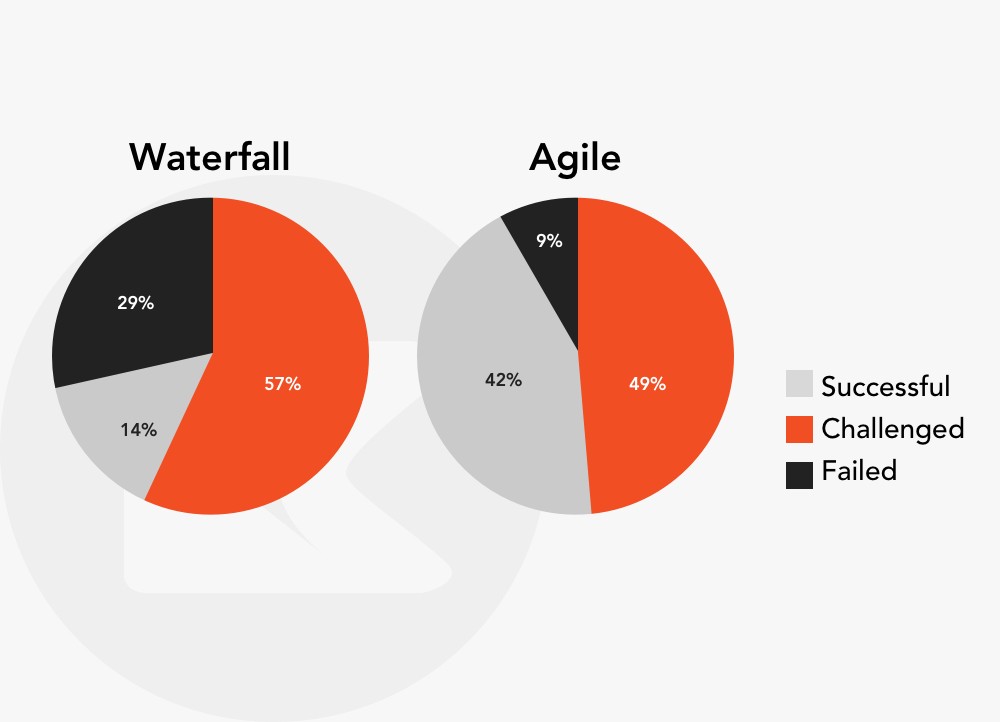Table of Contents
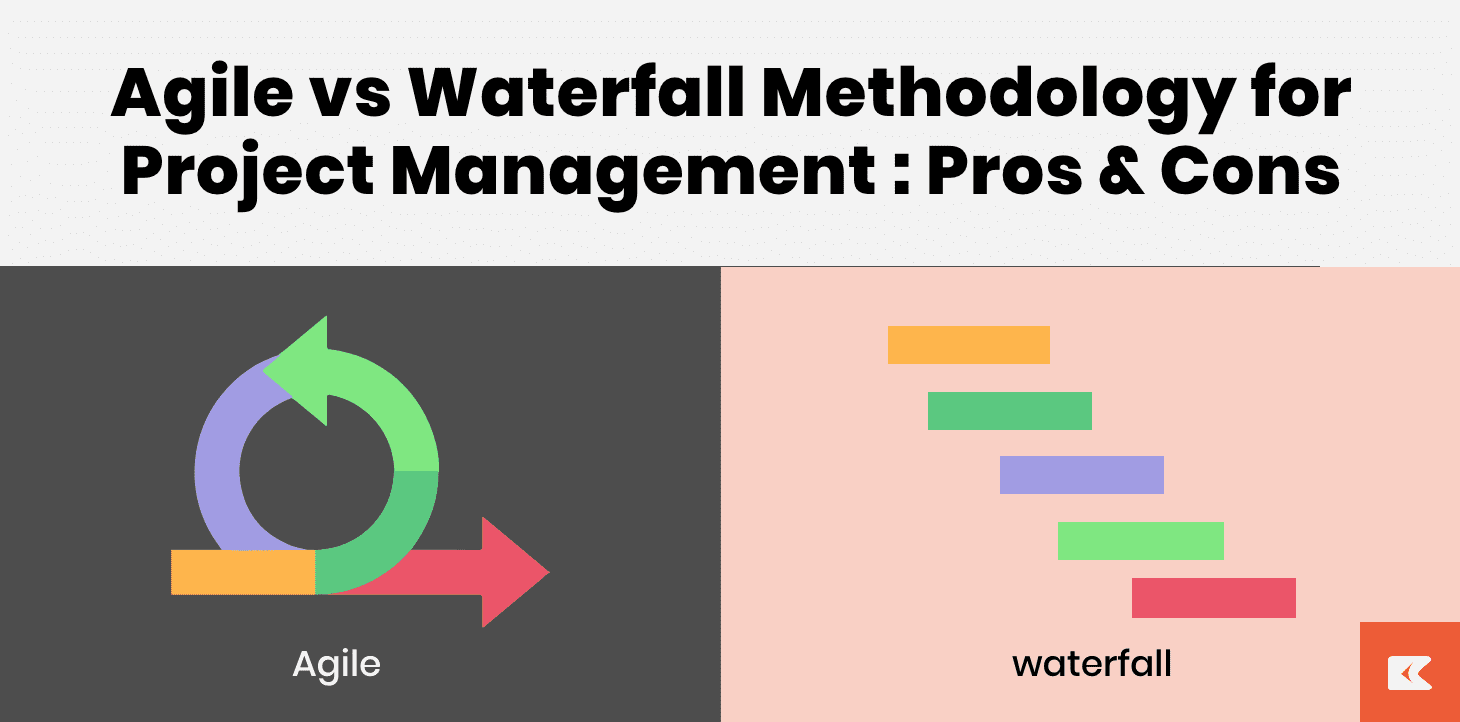
Before jumping into the debate of the Agile vs Waterfall methodology for project management, let us first understand the importance and essence of these methodologies and how they have emerged over the period of time in software development.
Introduction to Project Management Methodologies
Software development has evolved considerably over the past decade. Businesses have started to build their technology on solid and scalable platforms and programming languages with the aim of making the solution extensible for future additions of features and capabilities.
While the number of frameworks, platforms and programming languages have grown several folds, there is an equally important evolution that happened in the way software development initiatives are managed.
Project management has diversified into a comprehensive practice that aims not only to deliver software on time, but also to ensure zero defects, provide accurate forecasting for stakeholders and enable seamless visibility and transparency between dependent teams in a project.
While traditional project management focused on the waterfall development principle, today successful technology projects have transitioned into agile and scrum-based project management methodologies to deliver more value for the invested effort.
What is Agile Project Management?
Agile project management is a dynamic, iterative approach that prioritizes flexibility, collaboration, and continuous improvement. Instead of following a rigid, linear structure like the traditional Waterfall model, Agile enables teams to deliver incremental updates, incorporating feedback at every stage.
This adaptive methodology enhances speed, efficiency, and responsiveness—key factors in today’s fast-paced business landscape. By allowing teams to pivot based on evolving requirements, Agile ensures higher customer satisfaction and better project outcomes. It also plays a crucial role in DevOps, fostering seamless collaboration between development and operations teams to drive continuous delivery and innovation.
What is Waterfall Project Management?
Waterfall project management is a traditional, linear approach where each phase of a project follows a sequential order—planning, design, development, testing, and deployment. Once a phase is completed, it is difficult to go back and make changes, making this method best suited for projects with well-defined requirements and minimal expected changes.
This structured approach ensures clarity, thorough documentation, and predictable timelines, making it ideal for industries like construction, manufacturing, and large-scale software development. While Waterfall lacks the flexibility of Agile, it provides a clear roadmap, reducing uncertainty and ensuring all project milestones are met systematically.
Agile vs Waterfall : Difference between Project management Methodologies
Agile and Waterfall are two distinct project management methodologies, each suited for different types of projects. Agile follows an iterative, flexible approach, allowing continuous feedback and adjustments throughout the development cycle. In contrast, Waterfall follows a structured, sequential process where each phase must be completed before moving to the next.
Agile is ideal for projects requiring adaptability, such as software development, while Waterfall is best for projects with well-defined requirements, like construction or manufacturing. The choice between Agile and Waterfall depends on factors like project complexity, flexibility needs, and stakeholder involvement.
So, since the difference is cleared between that, you will have the obvious question:
Which project management method should I choose for software development in my business?
Let’s have a brief look at how the most popular methods i.e. Waterfall and Agile fare in modern software development initiatives. The comparison of Agile vs Waterfall will help you make a decision suitable for your unique software development challenges.
Structure of Operations
The waterfall method is a linear and sequential way of building software wherein every stage of development happens in a sequence starting from requirement analysis to design, coding, testing, implementation and maintenance.
Agile is an iterative and modular form of software development wherein a single software product or project is broken down into functional components and each component is assigned to a person or team and then the development of these components are tracked in time-bound phases called sprints.
In each sprint, there will be an itemized set of deliverables to be done in the sprint duration. At the end of each sprint, there will be a retrospective analysis on what went good and what did not in that sprint and lessons learned will be used for re-organizing or prioritizing tasks in future sprints. This retrospective analysis can be visualized more effectively through a calendar view, allowing for a clear overview of past sprints.
Customer Involvement
In a waterfall model of software development, project deliverables and requirements are gathered in the initial phases and then worked upon and delivered to the customer in the end. Intermediate feedback sessions or scope changes become very difficult to be accommodated due to this approach.
Customer involvement in short ends at the requirements gathering phase for the waterfall model of software development and they only get a say after a version has been developed theoretically. Agile on the other hand offers customers an opportunity to be involved across every sprint of the project and offer their feedback and comments to make the project more desirable.
This also includes changing scopes from the initial requirement gathering. Since the project management is done in sprints, new customer changes can be accommodated in upcoming sprints and dependencies can be easily mapped between teams to accommodate the scope change without any disruptions.
Also, agile gives the advantage of timely interventions from the customer as they get to review a version after every sprint rather than a completely built solution as provided in a waterfall model.
Scope of Work
Customers are often demanding in their requirements and market changes may force them to alter the initial scope midway. As we have mentioned previously, scope changes are easier to accommodate using an agile methodology.
But from a development perspective, change accommodation is not an easy task. There needs to be a well-defined approach to map out dependencies from across the project that will be affected due to this scope change.
Hence an ideal scenario would be to keep scope deviations to a bare minimum. In a waterfall model of software development, this is possible. By following a linear approach, the entire project is discussed and agreed initially before the start of the development activities. This allows developers to build a solution that can be strategically positioned to meet all requirements gathered initially.
But, in an increasingly dynamic market, change of scope from a customers’ perspective is more of a necessity rather than a luxury that they may ignore. This obviously throws the ball in favor of agile even though it may take a small toll on developers. In the longer run, agile will prove beneficial to all stakeholders.
Documentation
A waterfall model of software development follows a comprehensive initial documentation phase wherein all requirements are supposedly gathered and documented as an SRS (Software Requirement Specification) document.
Further proceeds of the development activity are done keeping the SRS document as the reference point. Typically, it does not allow any deviations from the SRS. This makes the importance of documentation felt strong in the initial phase. Agile, however, follows an iterative model of software development wherein business analysts or technical architects create a storyboard for each sprint and every team member is made aware of their tasks in the respective sprints.
Documentation though done is mostly according to individual sprints and done by the developers in due course of time or by business analysts as the project progresses. This gives it the flexibility to accommodate changes in scope during the project progress.
Look at the below pie chart of Agile vs Waterfall in terms of successful, challenged and failed processes. Agile seems to have a clear edge compared to waterfall in the success ratio.
Cost Efficiency
This is a major factor that needs to be considered while choosing a software development methodology for your business. Cost can be controlled in a wide variety of ways, but it depends on how flexible your mode of development is.
For large scale continuously evolving software needs, it is always advisable to follow an agile approach. Agile favors an incremental mode of development that helps businesses incorporate new features into their digital systems over time efficiently at lowered costs.
A waterfall model of development will result in large amounts of initial planning and documentation with limited scope for change. Though it will lead to decreased effort as the scope will be well defined initially, there is a chance for high variations in the actual budgets when projects are large.
Large projects may require scope changes during development which will result in the entire iterative cycle being re-defined and implemented. This will push up costs considerably.
Speed to Market
In today’s rapidly evolving consumer landscape, the speed in which you roll out features for your digital applications can make a difference in brand loyalty. In the traditional waterfall, you will have to complete an entire cycle for features to be rolled out and will result in longer release times.
For agile software development projects, however, the component-wise development ability allows businesses to roll out software quickly and then continuously push updates and upgrades of features without disrupting the existence of the entire application.
This results in applications as well as new features getting rolled out into the market faster leading to better consumer satisfaction.
CONCLUSION
In the battle of Agile vs Waterfall, you can see here, Agile methodology is clearly a step ahead of the Waterfall model in terms of successfully orchestrating a winning journey for your digital application development. For large enterprise software development initiatives, the right choice is Agile as it offers flexibility, speed and ease of project management which greatly impact the quality of software delivered.
The below graph of Agile vs Waterfall compares various matrices such as errors, functionality, progress etc.
Nevertheless, if the technology is not your core business, then you need the advisory and support of a trusted software development partner to deliver agile or waterfall-based software development activities for your digital ecosystem.
This is where Citrusbug can change the game for you. Whether it’s a Custom Software Development, Web Application Development or Mobile Application Development, we’re committed to following the right methodology for you (Agile or Waterfall whichever is suitable). Get in touch with us to identify the right software ecosystem, the right project management and the best-fit journey to success for your software development needs.



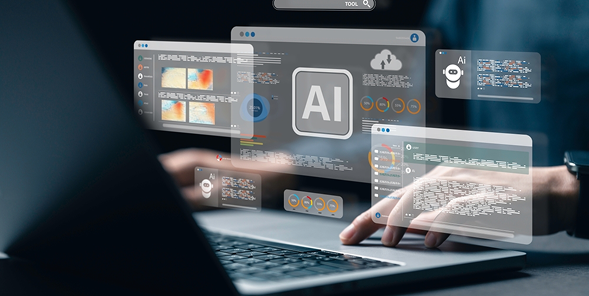

 SaaS Development
SaaS Development Web Application Development
Web Application Development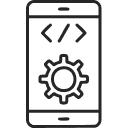 Mobile Application Development
Mobile Application Development Custom Software Development
Custom Software Development Cloud Development
Cloud Development DevOps Development
DevOps Development MVP Development
MVP Development Digital Product Development
Digital Product Development Hire Chatbot Developers
Hire Chatbot Developers Hire Python Developers
Hire Python Developers Hire Django Developers
Hire Django Developers Hire ReactJS Developers
Hire ReactJS Developers Hire AngularJS Developers
Hire AngularJS Developers Hire VueJS Developers
Hire VueJS Developers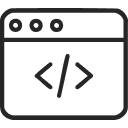 Hire Full Stack Developers
Hire Full Stack Developers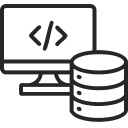 Hire Back End Developers
Hire Back End Developers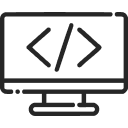 Hire Front End Developers
Hire Front End Developers AI Healthcare Software Development & Consulting
AI Healthcare Software Development & Consulting Healthcare App Development
Healthcare App Development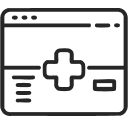 EHR Software Development
EHR Software Development Healthcare AI Chatbot Development
Healthcare AI Chatbot Development Telemedicine App Development Company
Telemedicine App Development Company Medical Billing Software Development
Medical Billing Software Development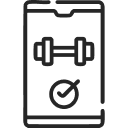 Fitness App Development
Fitness App Development RPM Software Development
RPM Software Development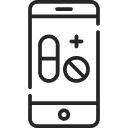 Medicine Delivery App Development
Medicine Delivery App Development Medical Device Software Development
Medical Device Software Development Patient Engagement Software Solutions
Patient Engagement Software Solutions Mental Health App Development
Mental Health App Development Healthcare IT Consulting
Healthcare IT Consulting Healthcare CRM Software Development
Healthcare CRM Software Development Healthcare IT Managed Services
Healthcare IT Managed Services Healthcare Software Testing services
Healthcare Software Testing services Medical Practice Management Software
Medical Practice Management Software Outsourcing Healthcare IT Services
Outsourcing Healthcare IT Services IoT Solutions for Healthcare
IoT Solutions for Healthcare Medical Image Analysis Software Development Services
Medical Image Analysis Software Development Services Lending Software Development Services
Lending Software Development Services Payment Gateway Software Development
Payment Gateway Software Development Accounting Software Development
Accounting Software Development AI-Driven Banking App Development
AI-Driven Banking App Development Insurance Software Development
Insurance Software Development Finance Software Development
Finance Software Development Loan Management Software Development
Loan Management Software Development Decentralized Finance Development Services
Decentralized Finance Development Services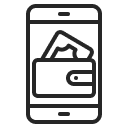 eWallet App Development
eWallet App Development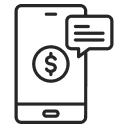 Payment App Development
Payment App Development Money Transfer App Development
Money Transfer App Development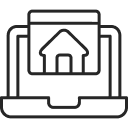 Mortgage Software Development
Mortgage Software Development Insurance Fraud Detection Software Development
Insurance Fraud Detection Software Development Wealth Management Software Development
Wealth Management Software Development Cryptocurrency Exchange Platform Development
Cryptocurrency Exchange Platform Development Neobank App Development
Neobank App Development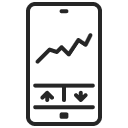 Stock Trading App Development
Stock Trading App Development AML software Development
AML software Development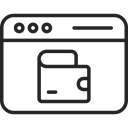 Web3 Wallet Development
Web3 Wallet Development Robo-Advisor App Development
Robo-Advisor App Development Supply Chain Management Software Development
Supply Chain Management Software Development Fleet Management Software Development
Fleet Management Software Development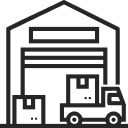 Warehouse Management Software Development
Warehouse Management Software Development LMS Development
LMS Development Education App Development
Education App Development Inventory Management Software Development
Inventory Management Software Development Property Management Software Development
Property Management Software Development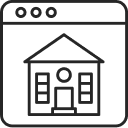 Real Estate CRM Software Development
Real Estate CRM Software Development Real Estate Document Management Software
Real Estate Document Management Software Construction App Development
Construction App Development Construction ERP Software Development
Construction ERP Software Development






